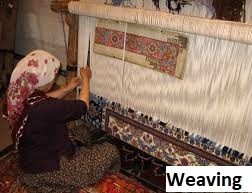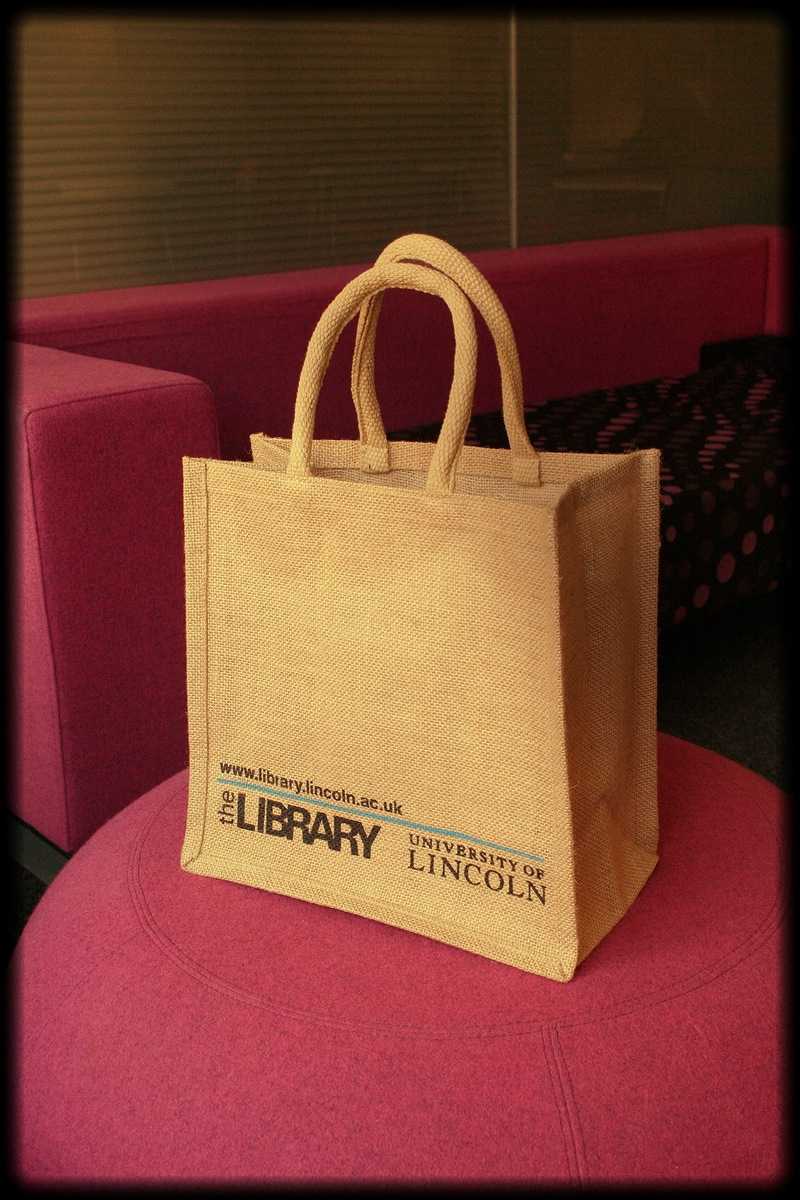6th Grade > Chemistry
FIBRE TO FABRIC MCQs
Total Questions : 72
| Page 1 of 8 pages
:
Types: 1 Mark each
Classification: 1 Mark
Natural fibresare of two types based on where they are obtained from - Animal fibres and Plant fibres.
Plant fibres include all fibres we obtain from plants. Examples include jute, linen, etc
Animal fibres are the fibres that we obtain from animals, like fur.
S. NoFibresTypes1CottonPlant fibre2WoolAnimal fibre3SilkAnimal fibre
:
Cotton procedure: 2 Marks
Jute procedure: 2 Marks
Climatic conditions for both: 1 Mark
Cotton fibre:
The cotton plant bears fruits about the size of a lemon, calledcotton bolls. The bolls are fibrous and full of seeds. When they are ripe, they burst open and the fiber is collected by hand from the ripe cotton bolls. This process is calledpicking. Next, the cottonfibresare separated from the seeds by combing them by a process known asginning. Earlier, ginning was done by hand, but nowadays, machines have been invented to do that for us.
Jute fibre:
The jute plant is generallyharvestedwhen it is in theflowering stage. The stems of jute plants are soaked in water for a few days until they startrotting. Then thefibresare separated by hand from the rotting stems.
Climatic conditions:
For cotton plants, the ideal conditions are warm climates and black soil, like in Gujarat.
For jute plants, it is necessary to have high temperatures and a lot of rainfall, like in Assam.
:
Fibres can be classified into two based on the source from which we obtain it - natural and synthetic fibres.
Natural fibres are those that we get from plant or animal sources. Examples - cotton, jute, silk, wool, etc
Synthetic fibres are man-made fibres, and is not obtained from plant or animal sources. Examples - nylon, polyester, etc
Answer: Option D. -> knitting
:
D
Knitting is the process by which a single yarn is used to make fabric. It involvesinterlocking loops of wool or other yarn withknittingneedles or on a machine.
:
D
Knitting is the process by which a single yarn is used to make fabric. It involvesinterlocking loops of wool or other yarn withknittingneedles or on a machine.
Answer: Option D. -> Jute
:
D
Jute is widely used to make bags, carpets, rugs, etc. Jute is obtained from the stem of jute plant.
:
D
Jute is widely used to make bags, carpets, rugs, etc. Jute is obtained from the stem of jute plant.
Answer: Option D. -> Jute
:
D
Yarn is a long continuous thread made from fibres by the process of spinning. It is further knitted, woven or sewed to obtain different fabrics.
:
D
Yarn is a long continuous thread made from fibres by the process of spinning. It is further knitted, woven or sewed to obtain different fabrics.
:
Stem of thejute plant is used for getting jute fibre.
:
History of clothing: 1 Mark each
Indian clothes: 1 Mark
1. In the beginning of civilisation, people used barks, leaves and animal fur as clothes.
2. When people settleddown as farmers, they used woven vines and animal fleece as clothes.
3. In the next stage, flax and cotton were woven into clothes.In those times, people just draped the fabric to cover themselves.
4. People started wearing stitched clothes only after the needle was invented.
Some signature clothing items of India include turbans, saris, and dhotis.
:
Fibre: 1 Mark
Fabric:1 Mark
Fibres are thin strands of materials that we obtain either from natural or synthetic sources.
Fabrics are pieces of cloth made of up multiple yarns, which in turn are made out of fibres.


















